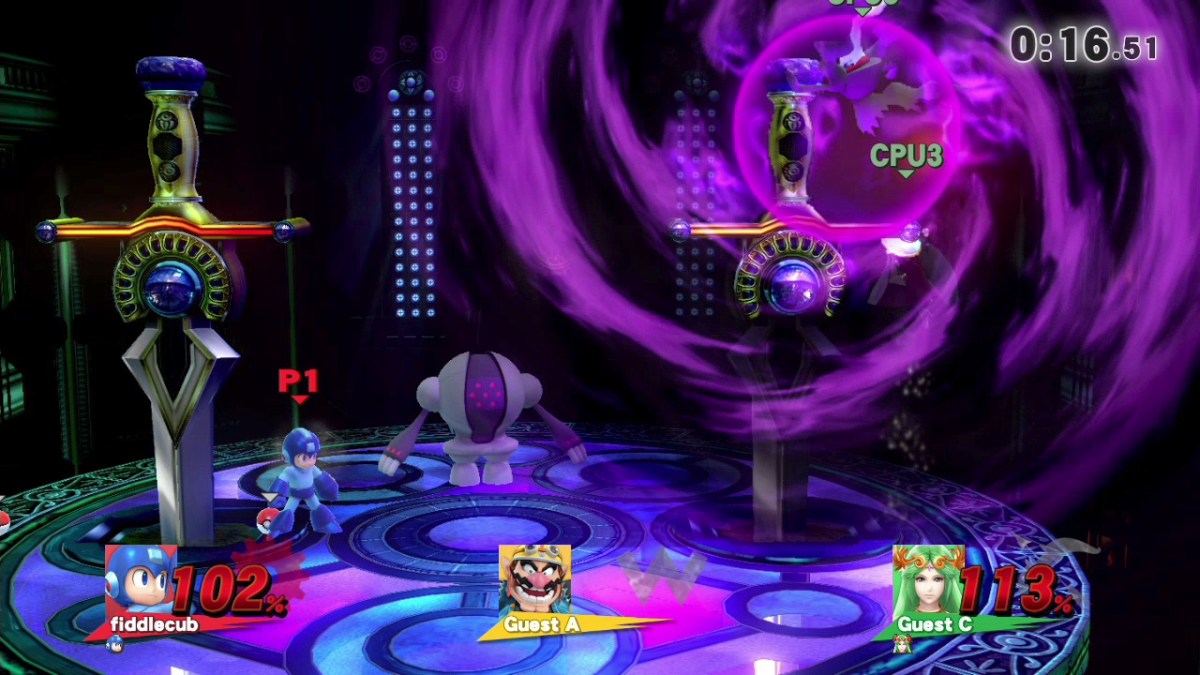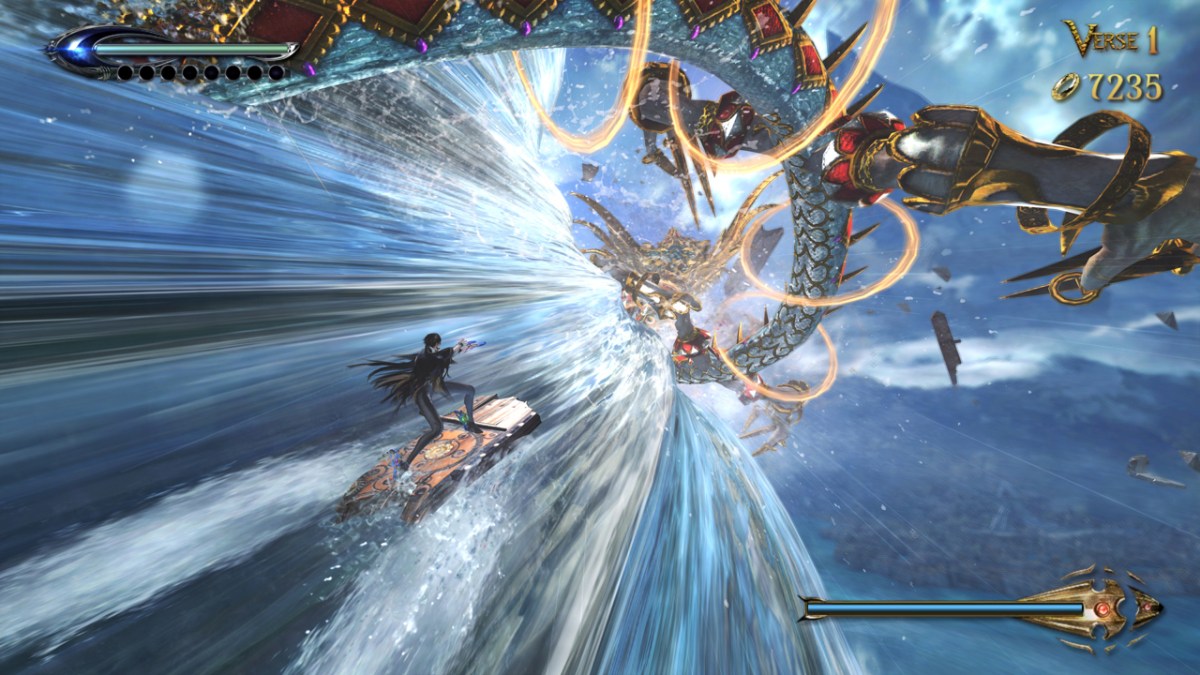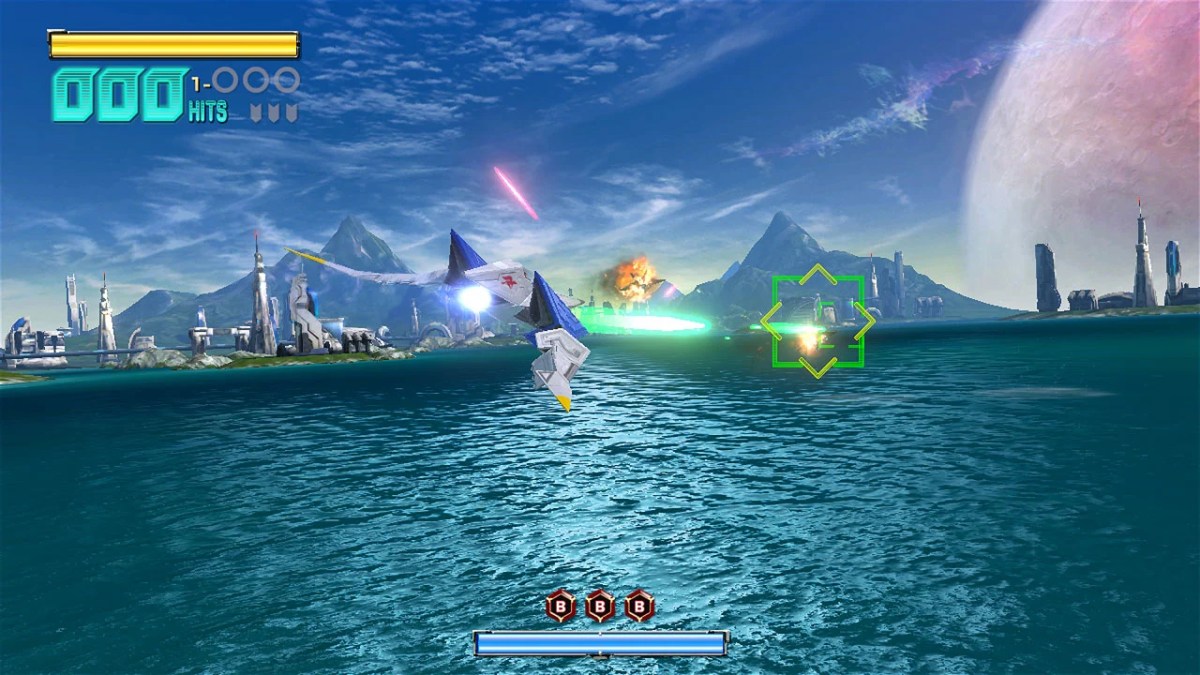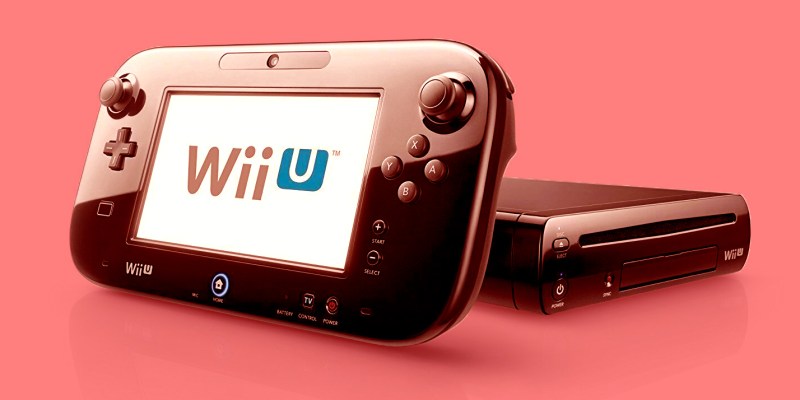On March 27, the Wii U eShop will shut down, with no more digital purchases on Wii U games taking place and an era of Nintendo’s history officially coming to an end. With the Wii U now on its deathbed and many trying to download the last few digital-only games worth playing on the system, like those digital Wii games (grab Pandora’s Tower and Punch-Out!!), it’s easy to say that the Wii U was a massive failure. You know it, I know it, the world knows it, but I think it’s worth exploring one final time why it did as poorly as it did.
Because when you think about it, it shouldn’t have been as poorly received as it was. While there certainly was a sector of the gaming community at the time that had nothing but scorn for Nintendo during the Wii generation, the Wii still sold gangbusters and had a substantial install base. But when Nintendo announced the Wii U, it confused those new consumers that had bought a Wii. Was Wii U a new system? Was it an add-on to the Wii? It still had Wiimotes, so were those the controllers for the system? What was the point of this GamePad attached to it?
Nintendo’s marketing for the system was all over the place. While Nintendo nowadays gravitates towards the family-friendly demographic, the ads for the Wii U were focused on one thing: explaining to parents what the system even was. The perception, at least according to the commercials, was that the system was a kids toy that parents just didn’t get and had to explain to them why it was worth getting. The fact that the commercials treated their audiences like idiots didn’t really help matters much either. It shouldn’t be difficult to explain what the Wii U was. It was Nintendo’s next home console. But because it tried to hew so close to what made the Wii a success, the fact there was any confusion at all was a blow to the company.

Nintendo’s weak advertising and messaging didn’t make a convincing enough case to motivate people to pick up the system. Despite having exclusive games for the system like Super Mario 3D World, Mario Kart 8, Super Smash Bros. for Wii U, and Pikmin 3 among many others, major third-party developers were still releasing on the Wii for its superior install base. Nintendo’s prior success cannibalized its future system’s success. It was always going to be a tough act following a huge success like the Wii, but the fact that Ubisoft still released Just Dance on the Wii even after it stopped releasing it on the Wii U really sells that point.
But the third-party support issues didn’t begin and end with Just Dance. Wii U had a fairly weak launch lineup with many of its main games being ports of previously released last-generation games. Batman: Arkham City, Ninja Gaiden 3, and Mass Effect 3 didn’t necessarily sell Wii U as next-gen hardware. If these games were looking about the same as they were on the Xbox 360 and PlayStation 3, it posed a problem with Xbox One and PlayStation 4 on the horizon. When these titles underperformed, support dried up quickly.
This became a bit of a self-fulfilling prophecy for the Wii U. Third parties like EA and Ubisoft claimed they were going to support the system like never before but deemed the system not profitable after putting out ports of games that players had already bought on a system that had a slow start. Not enough developers were willing to invest in taking creative advantage of Wii U’s two-screen functionality with the GamePad either, and Nintendo itself struggled to sell the GamePad’s unique value proposition.

As is always the case, there are some things to love about the system. Bayonetta 2 is arguably one of the best action games of its generation, Donkey Kong Country: Tropical Freeze was even better than its wonderful predecessor, and even small games like Captain Toad’s Treasure Tracker found success for their unique concept and execution. The problem was that these games came early in the Wii U’s life. Nintendo was only really interested in supporting the Wii U from its release in November of 2012 until Smash Bros. came out two years later. From 2015 onwards, after Splatoon launched, Nintendo stopped trying to meaningfully support the system, instead putting out games that felt like soulless obligations. Content for the sake of content.
Mario Party 10. Mario Tennis: Ultra Smash. Animal Crossing: Amiibo Festival. Pokkén Tournament. Star Fox Zero. Perhaps Pokkén aside, these games are often cited as low points in their franchises critically. Nintendo didn’t want to try to save the system. It instead cut its losses and went right on to developing Nintendo Switch, taking the games that were critically and (for a Wii U game) commercially successful with it. Most, if not all, of those games were from those two early years of the Wii U’s life.
But the system’s failure wasn’t just an isolated incident. Its continued problems dragged down its sibling console, Nintendo 3DS. When it was apparent that the Wii U wasn’t going to cut the cake, the 3DS had to shift into a survival mode to keep Nintendo relevant. Then you had Nintendo entering the toys-to-life subgenre with amiibo. Amiibo support in most Nintendo games was haphazard and only amounted to meaningless extras, but the concept of owning little figures of classic Nintendo characters was enough to make countless players like myself spend hundreds of dollars on chunks of plastic. Is it a coincidence that after the Switch launched, the deluge of amiibo being released by Nintendo dried up? It didn’t need them for profit anymore.

Despite all of that, I can’t help but look back somewhat favorably on the Wii U. It was the system I bought before I went to college, and I had some amazing times playing it with my college friends. We had a 10-hour marathon playing the new Smash Bros. when it was released. We played through New Super Mario Bros. U completely in multiplayer. I challenged my roommate to go through every single Mario Kart 8 track and get first place on 150cc and watched him do so effortlessly, forcing me to buy him The Witcher 3 as a reward. I had fun with the system on several occasions, but I can’t overlook that the Wii U was a disaster. Outside of the Virtual Boy, it is the worst-selling Nintendo console.
Unlike the 3DS, where you have people sad about its passing, no one will look back on the Wii U as a system taken before its time. Everyone wants to move on from it and what it represented. Even Nintendo was quick to abandon it and all of the negativity it created for the company, proliferating the whole “Nintendoom” mantra of the era. Sure, I may have had fond memories of it, but I can’t deny that it brought about the darkest period of my favorite video game company. Being a Nintendo fan during the 2010s was a rough time, and it was almost entirely because of the Wii U. No one could save it, and Nintendo didn’t want to save it. So I say let it die. It’s finally out of its misery and can rest peacefully.
